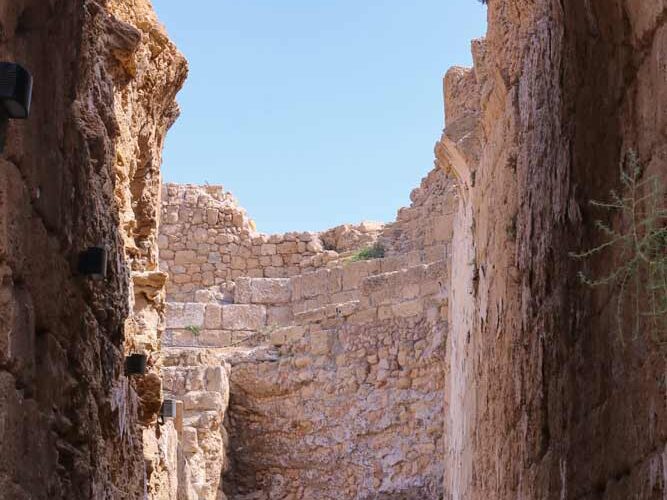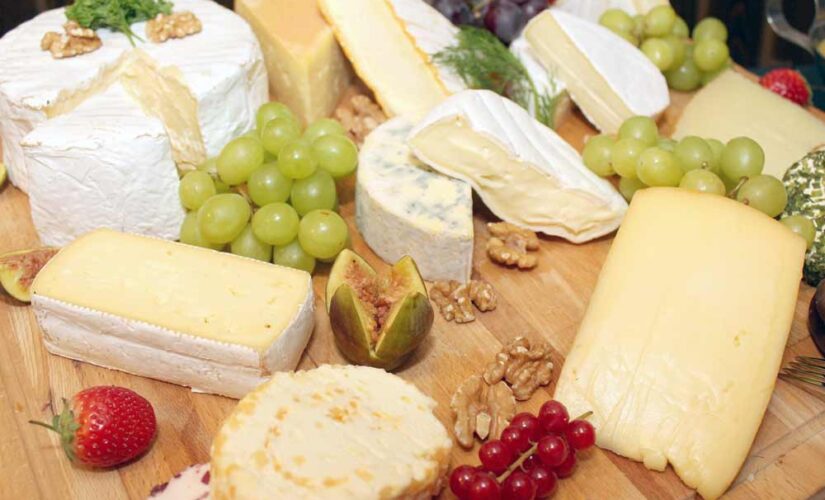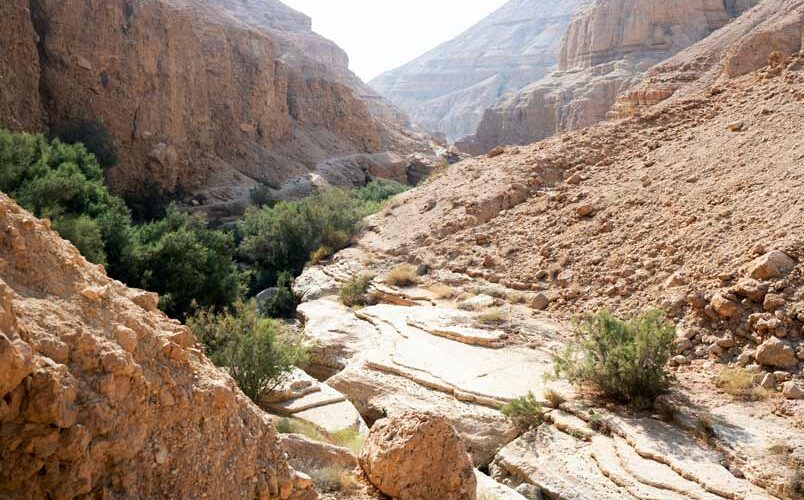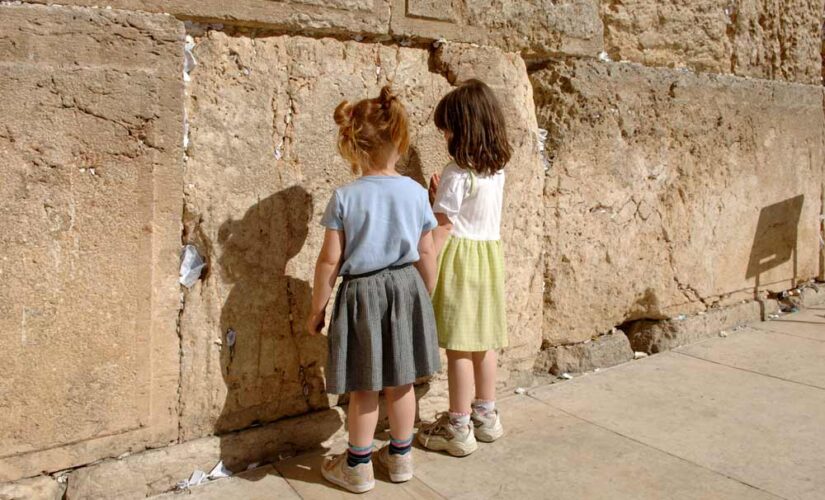Tzfat is a city in the Northern District of Israel. Located at an elevation of…
#38 Learn in a Yeshiva

Want to catch up on your learning or do the Daf Yomi live? there are thousands of Yeshivot in Israel. Choose the flavor that suits you best and dive in!.
Yeshivot in Israel have operated since Talmudic times; see Talmudic academies in Eretz Yisrael. Recent examples include the Ari Ashkenazi Synagogue (since the mid 1500s); the Bet El yeshiva (operating since 1737); and Etz Chaim Yeshiva (since 1841). Various yeshivot were established in Israel in the early 20th century: Shaar Hashamayim in 1906, Chabad’s Toras Emes in 1911, Hebron Yeshiva in 1924, Sfas Emes in 1925, Lomza in 1926. After (and during) World War II, numerous other Haredi and Hasidic Yeshivot were re-established there by survivors. The Mir Yeshiva in Jerusalem – today the largest Yeshiva in the world – was established in 1944, by Rabbi Eliezer Yehuda Finkel who had traveled to Palestine to obtain visas for his students; Ponevezh similarly by Rabbi Yosef Shlomo Kahaneman; and Knesses Chizkiyahu in 1949. The leading Sephardi Yeshiva, Porat Yosef, was founded in 1914; its predecessor, Yeshivat Ohel Moed was founded in 1904. From the 1940s and onward, especially following immigration of the Arabic Jewish communities, Sephardi leaders, such as Ovadia Yosef and Ben-Zion Meir Hai Uziel, established various yeshivot to facilitate Torah education for Sephardi and Mizrahi Jews (and alternative to Lithuanian yeshivot).
The Haredi community has grown with time – In 2016, 9% of Israel’s population was Haredi, including Sephardic Haredim – supporting many yeshivot correspondingly. Boys and girls here attend separate schools, and proceed to higher Torah study, in a yeshiva or seminary, respectively, starting anywhere between the ages of 13 and 18. A significant proportion of young men then remain in yeshiva until their marriage; thereafter many continue their Torah studies in a kollel. (In 2006, there were 80,000 in full-time learning ) Kollel studies usually focus on deep analysis of Talmud, and those Tractates not usually covered in the standard “undergraduate” program. Some Kollels similarly focus on halacha in total, others specifically on those topics required for Semikha (Rabbinic ordination) or Dayanut (qualification as a Rabbinic Judge). The certification in question is often conferred by the Rosh Yeshiva.
Mercaz Harav, the foundational and leading Religious-Zionist yeshiva was established in 1924 by Ashkenazi Chief Rabbi Abraham Isaac Kook. Many in the Religious Zionist community today attend a Hesder yeshiva during their national service; these offer a kollel for Rabbinical students. (Students generally prepare for the Semikha test of the Chief Rabbinate of Israel; until his recent passing (2020) commonly for that of the posek R. Zalman Nechemia Goldberg.) Training as a Dayan in this community is usually through Machon Ariel (Machon Harry Fischel), also founded by Rav Kook, or Kollel Eretz Hemda. Women in this community, as above, study in a Midrasha. High school students study at Mamlachti dati schools, often associated with Bnei Akiva. Bar Ilan University allows students to combine Yeshiva studies with university study; Jerusalem College of Technology similarly, which also offers a Haredi track; there are several colleges of education associated with Hesder and the Midrashot (these often offer specializations in Tanakh and Machshavah).



